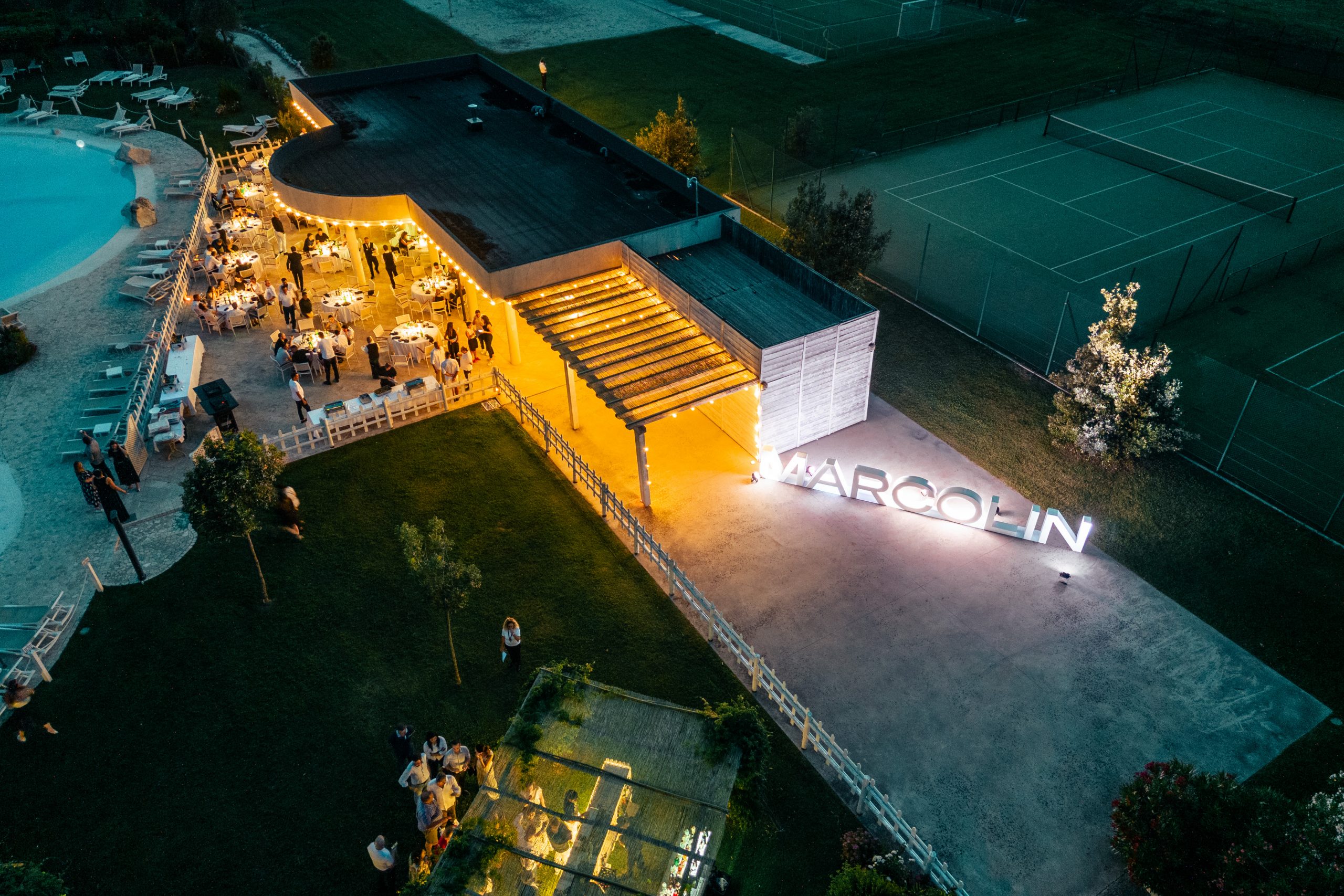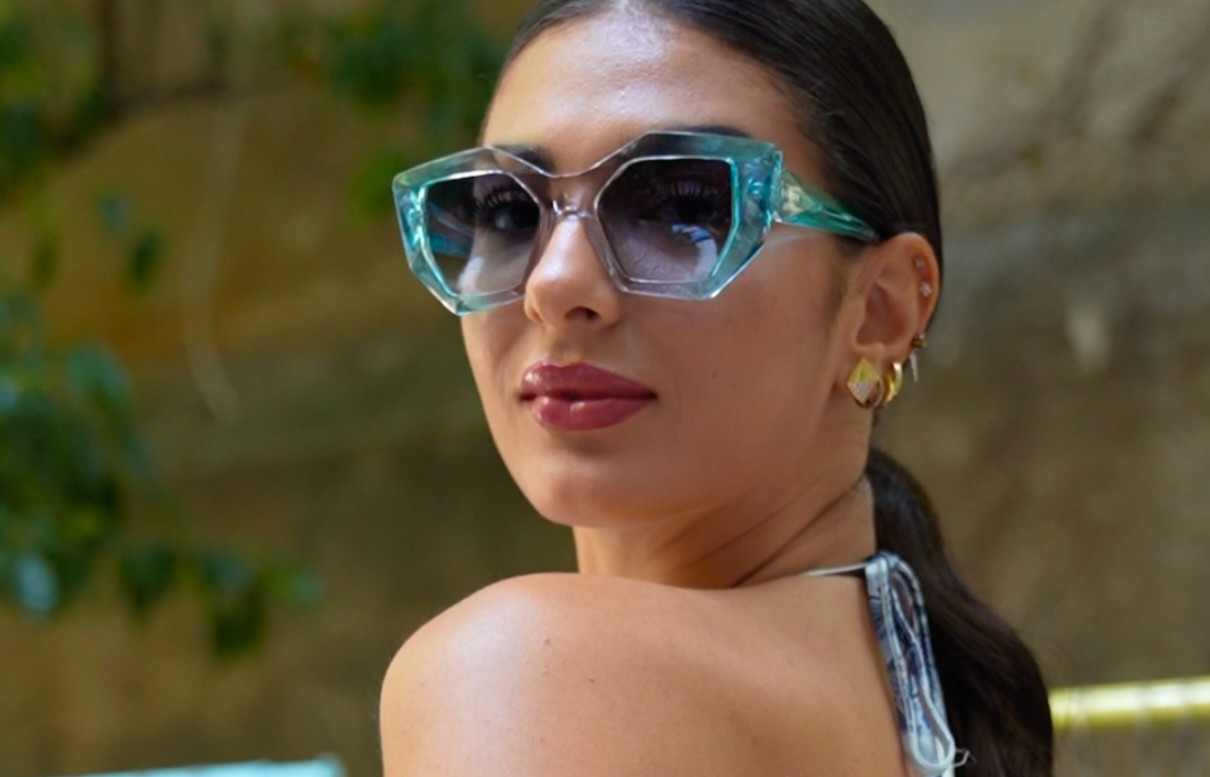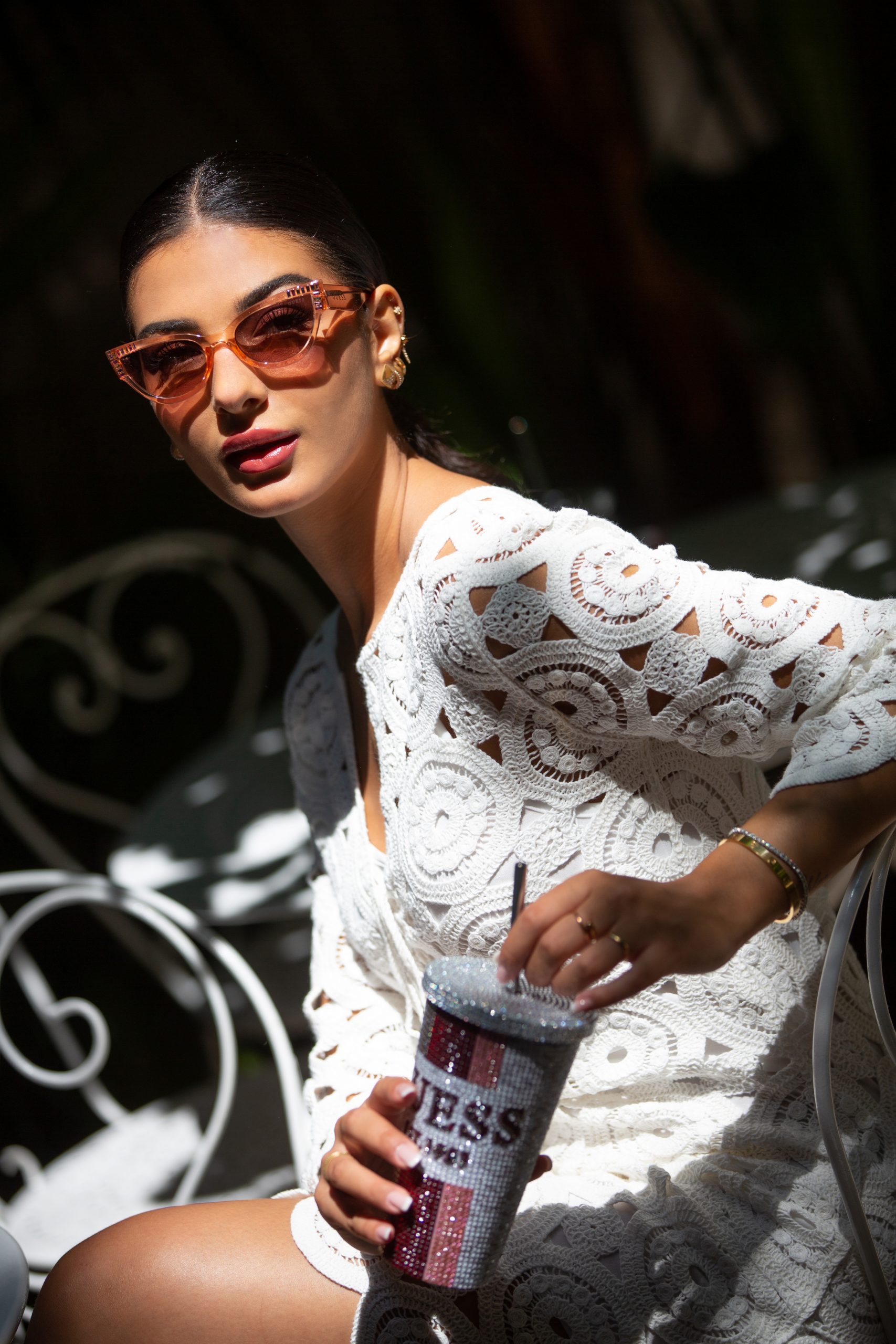Every idea is like the wind
Moved by different stimuli, it translates desires and needs into style. The approach to creation, according to the Marcolin Group’s Style and Development Department, is two-pronged. The first is emotional, about how what we see of a pair of glasses tells its story through style codes, logos, details, structures and shapes. These are the cornerstones of a collection which, if maintained over time, build up a brand’s recognisability. The creation of these codes defines the action of a creative team focused on micro-areas. The hidden face of eyewear creation, on the other hand, refers to the second approach and measures itself against an idea of community immersed in the historical moment it inhabits. It is this world, encompassing thoughts, needs, desires and, at times, even fears, that is defined as a trend and, in turn, translated into style. The Marcolin Group’s Style Department has identified three trendsetting tendencies i.e. the trends of tomorrow. After the Bauhaus inspiration, defined previously, we discover the other two macro-areas that recur evolving over the years.
Metaverse and digital engagement
In a post-pandemic world that has seen a change in the relationship with technologies in individuals’ daily lives and the need for wellbeing, the concept of purely digital engagement defines the needs of a multitude of voices belonging mostly to the younger generations. To which earthly universe can this trend be traced? To the Metaverse, of course, which has become a place of refuge for many where fantasy reigns supreme. It is from this dimension that the tendency inherits its name, the Digital Urban Movement Metaverse to be exact. The needs of this trend group can be expressed in percentages and speak volumes: 70% of their needs travel online and speak the language of technology. From this trend, for example, digital fashion shows, the creation of prototypes or very special collector’s models (such as the Frida model) and even the reproduction of eyewear in digital form have been fully developed. The wellbeing of this type of trend, which accounts for 30% of those needs, translates into a commitment to protect the environment, which in recent years has come back to the attention of the planet’s leaders as a result of high-impact events. The anxieties of the new generations have also been translated into the return of certain creepy design details: the use of materials with a dark, shiny surface, or the metallic finish of certain collections, for example, hark back to the tradition linked to the world of the fantastic, from Gothic to fantasy.
The Metaverse has become a place of refuge for many. Materials with a dark, shiny surface, or the metallic finish of certain collections hark back to the tradition linked to the world of the fantasy.

New Humanism
This tendency includes the style codes that rely on an established history and strong brand recognition. The aesthetic and mental references of this trend can be found in the 1970s. In terms of shapes, the most recurring are large, enveloping ones, while the colours are in the pastel range. The brands that are part of this trend embody a very natural form of luxury, underpinned by what the Marcolin Group’s creative team has circumscribed into a precise ‘Green Attitude’: the all-round need, starting with the use of recycled materials, to create with zero impact, to move towards a non-invasive but natural aesthetic. It is no coincidence that the requirements of this tendency, in terms of needs, turn previous trends on their heads: 70% of the needs of this trend are concerned with wellbeing, only 30% with technology. And framing this desire is a further luxury that translates style into harmony, conjuring up the idea of a Paradise Lost where nature reigns unchallenged.






















